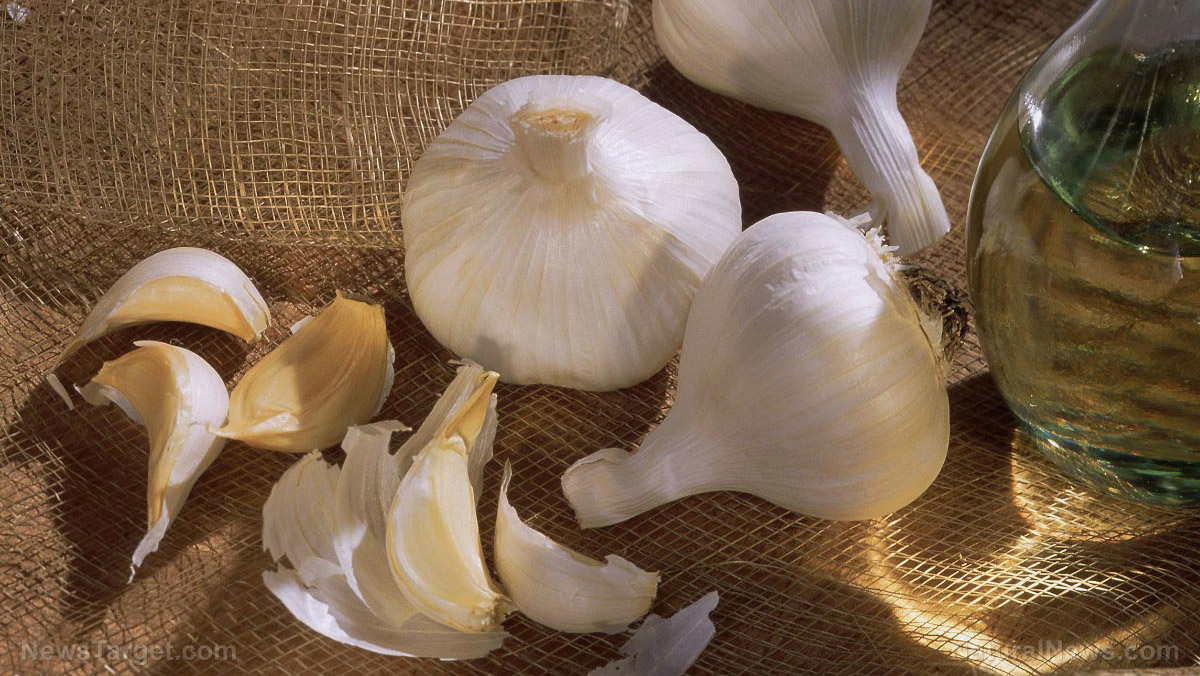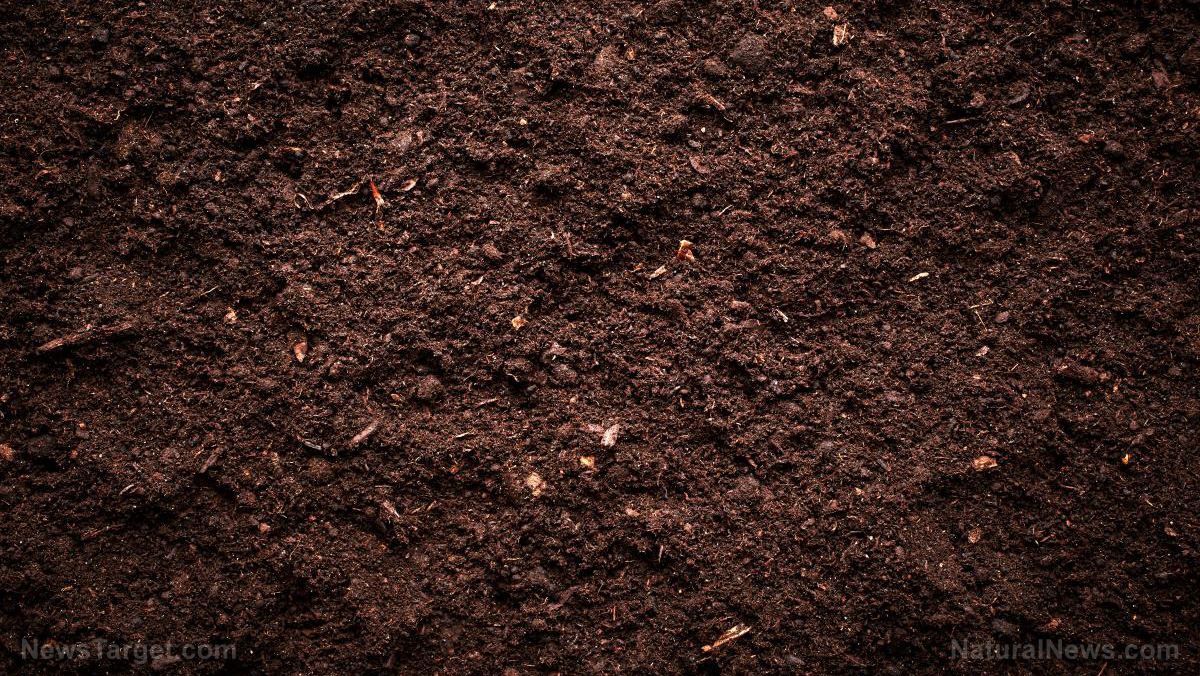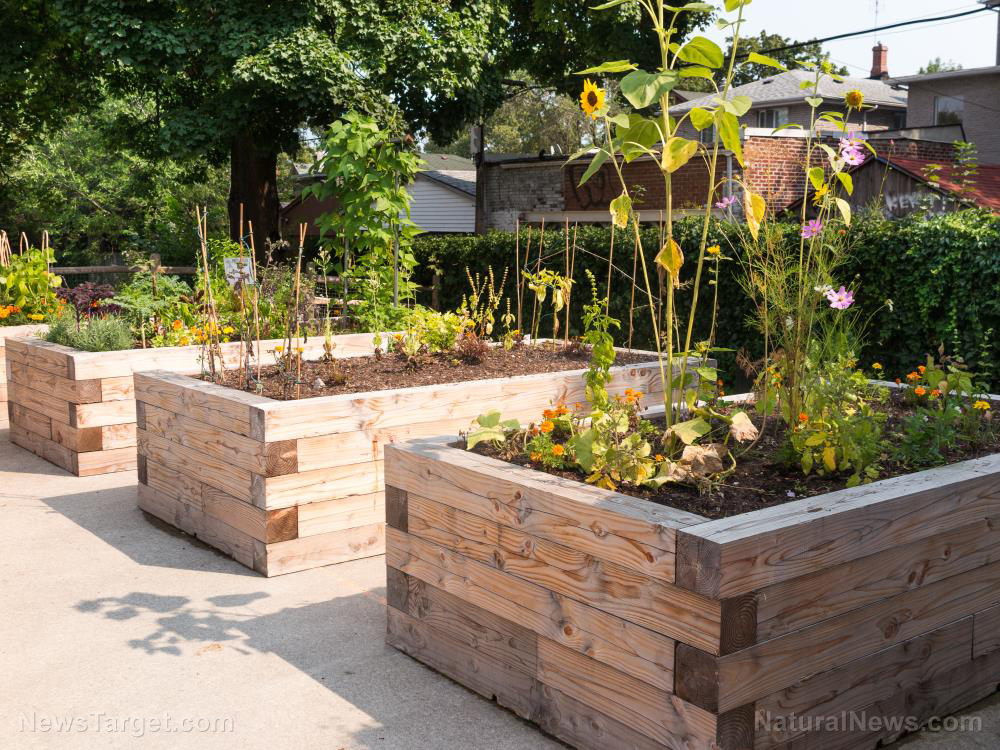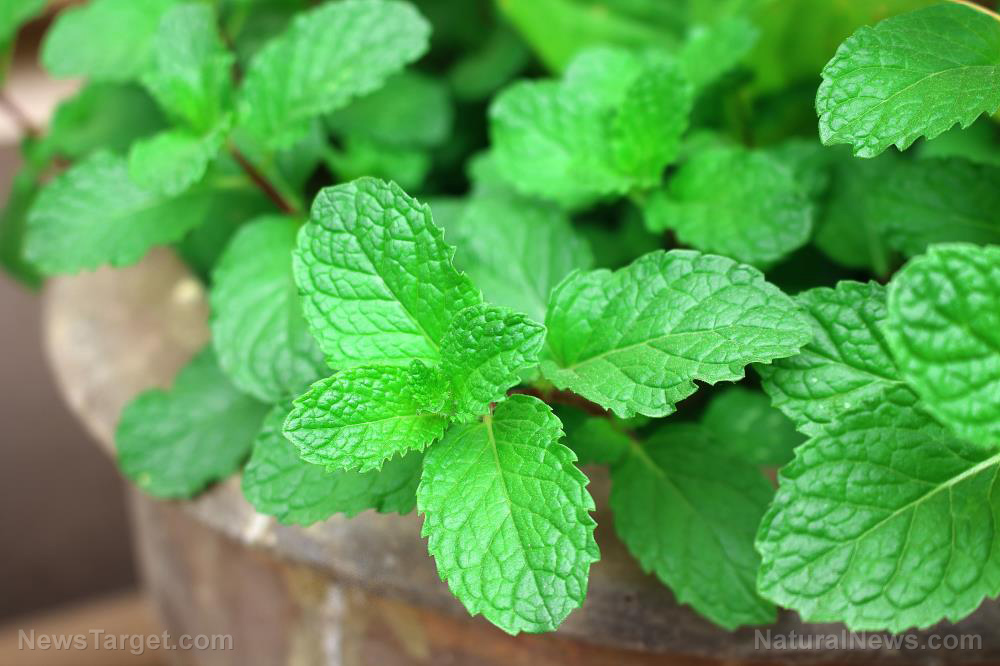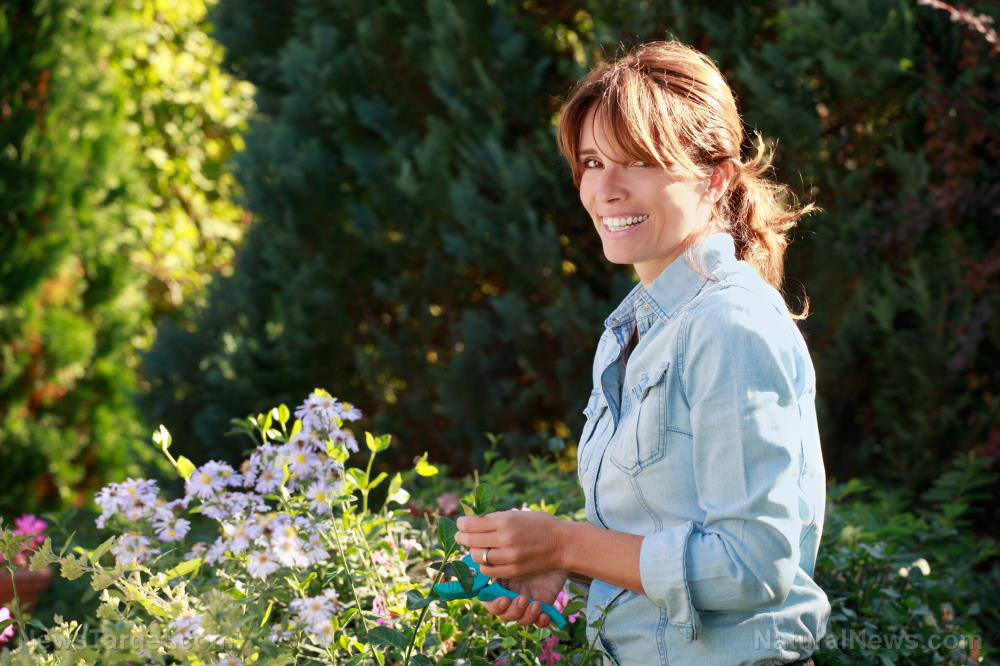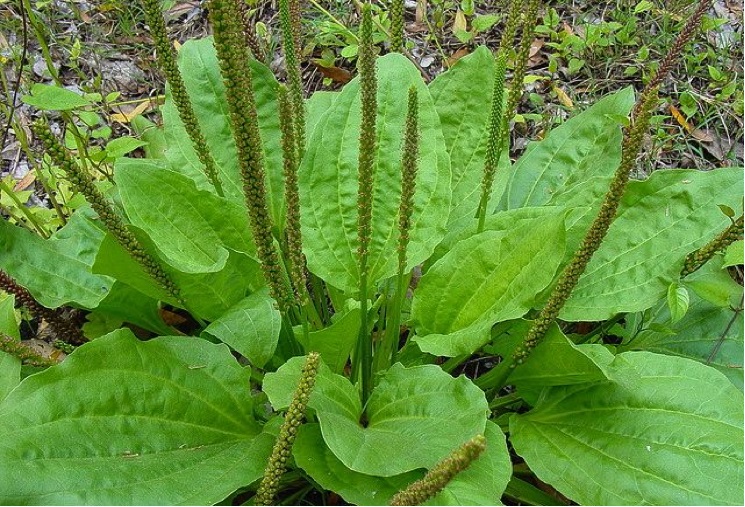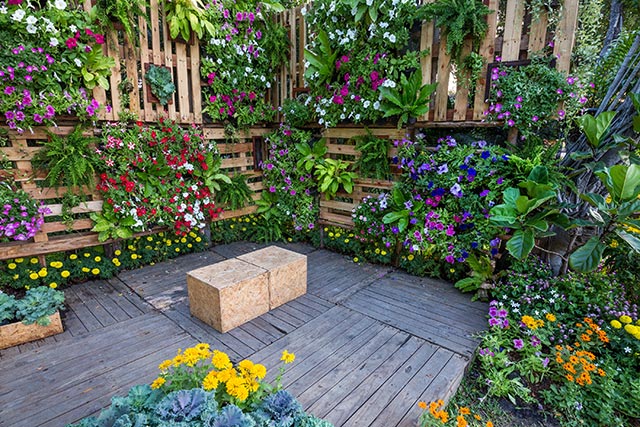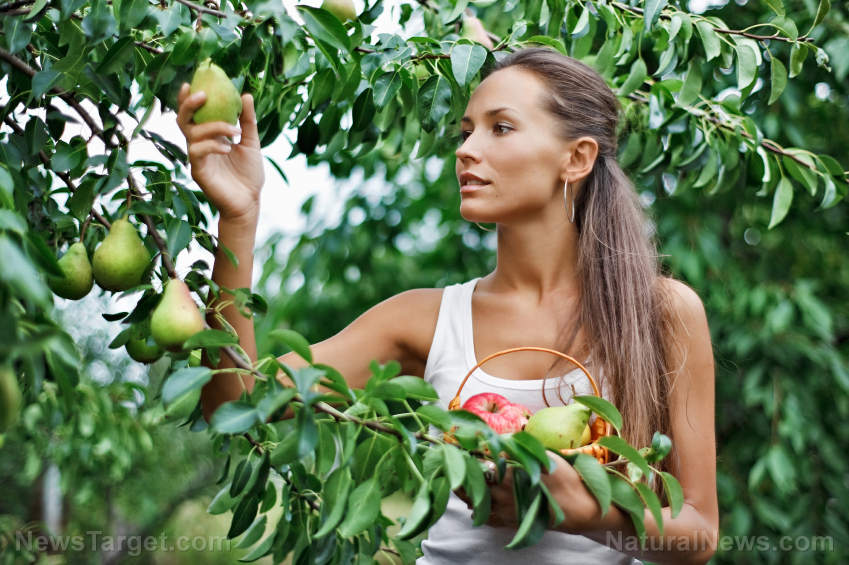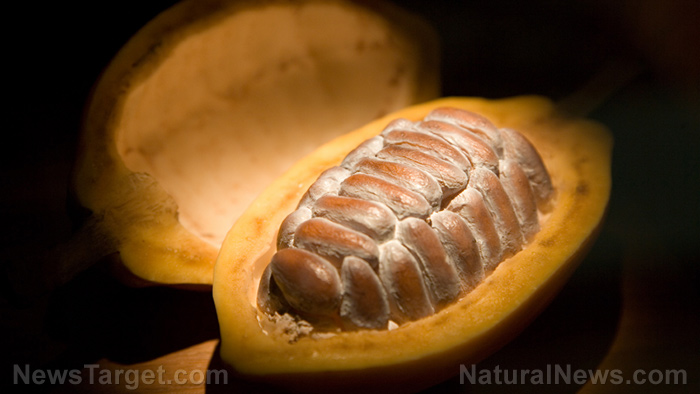A simple guide to creating a pollinator-friendly garden
05/26/2018 / By Zoey Sky

Bees and butterflies do more than fly around flowers. As a homesteader, it is important to understand the role of pollinators in keeping the plants in your garden thriving.
Pollination is the process by which insects – like bees, bumblebees, butterflies, and honeybees – called pollinators help move pollen from one plant to another to facilitate fertilization. If your garden is lacking in pollinators, it’s time to make some changes to encourage them to pollinate the plants in your homestead. (h/t to NewLifeOnAHomestead.com)
Cultivating a pollinator-friendly garden
Like other living things, pollinators require food, water, and shelter. By incorporating these three things in your garden, you can attract various pollinators. You can invite pollinators to small gardens or a huge patch of land as long as you know what to do.
- Clean water – Pollinators require clean water, so keep some water around your garden. Check it regularly to keep it free from bacteria, chemicals, and impurities. You can also add sea salt to mud to attract bees and butterflies.
- Food – Pollinators feed on pollen and nectar of flowers. Keep brightly colored flowers in your garden to attract more bees.
- Shelter – Shelter can help protect pollinators from harsh weather, predators, and other dangers. Pollinators often settle in clumps of un-mowed grass, shrubs, or trees. Butterflies tend to lay their eggs on dead branches, on the ground, or on plants.
Some insects love sunlight, so try to maximize the natural light in your garden. Additionally, you can encourage bees to make ground nests by leaving mounds of undisturbed soil close to your garden.
You can also create artificial nests for bees and bugs by drilling holes into untreated wood. Position the wood so one side is a dead end, leaving it completely blocked on one side. Leave the piece of wood under a tree so it can stay dry even when it rains. You don’t have to regularly replace these nests, but you can leave several in your garden just to be safe.
Take it easy on the hardscaping and mulching. Overdoing it with the landscaping elements in your garden or mulch can limit the reach of pollinators since these may cover the soil. You don’t have to forego mulching; just leave a small area mulch-free for pollinators.
Aside from nectar, pollinators like butterflies love other resources such as animal waste and rotten fruits. Ripe banana slices or salty water in a dish can also entice pollinators.
Bees, butterflies, flowers, and milkweed
Aside from these necessities, the best way to invite more pollinators to your garden is by planting different varieties of colorful flowers such as:
- Aster
- Blackeyed Susan
- Blue giant hyssop
- Clovers
- Common yarrow
- Currant
- Goldenrod
- Horsemint
- Huckleberry
- Joe-Pye Weeds
- Lilac
- Lupine
- Oregon grape
- Pale purple coneflower
- Purple coneflower
- Sage
- Snowberry
- Sunflower
- Willow
These flowers can attract pollinators because they also produce nectar. Meanwhile, herbs like chives, mint, and oregano can also attract bees. Pollinators are also attracted to vegetable plants like pumpkin and squash flowers. (Related: Do your part and save the bees with these 10 easy-to-grow flowers.)
Aside from including many plants native to your region, make sure you plan what kind of flowers you’ll add to your garden. If you can make the flowers bloom at different times, you can ensure that pollinators have access to nectar and pollen throughout the year.
Butterflies are great pollinators and they are attracted to milkweed, particularly the Monarch butterflies. Butterflies feed and lay eggs on milkweed leaves.
While mowing is necessary to keep your yard orderly, try to leave clumps of grass on your lawn that pollinators can use to hide from their predators. Mow less to keep ground nests intact.
Pollinators are crucial to every homestead that cultivates fruits and vegetables in a garden. Pollination ensures that all kinds of plants thrive no matter what. In the U.S. alone, at least one-third of plants need pollinators before they can produce fruits and seeds.
Try the tips above to attract more pollinators to your garden or homestead so you can enjoy a good harvest the whole year round.
You can learn more about the benefits of having a pollinator-friendly garden at Homesteading.news.
Sources include:
Tagged Under: bees, bumblebees, Butterflies, environment, flowers, garden, gardening, green living, home gardening, Homestead, homesteading tips, honey bees, how to, insects, off grid, Plants, pollination, pollinators, preparedness, prepper, prepping, survival, survival skills, survivalist, sustainable living




